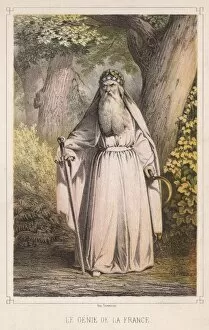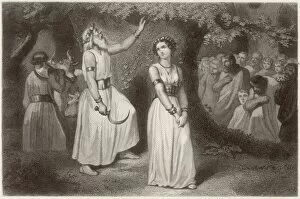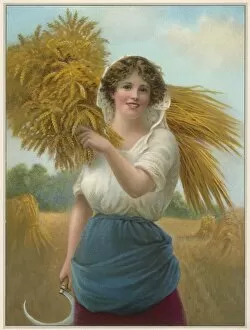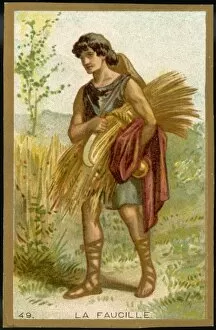Sickle Collection (#14)
"Symbol of Revolution: The Sickle's Enduring Legacy" In the realm of communist propaganda, a powerful image emerged in 1967 with Viktor Ivanov's iconic poster
All Professionally Made to Order for Quick Shipping
"Symbol of Revolution: The Sickle's Enduring Legacy" In the realm of communist propaganda, a powerful image emerged in 1967 with Viktor Ivanov's iconic poster. Depicting a sickle intertwined with the words "Lenin lived, Lenin lives, Lenin will live forever. ", it encapsulated the fervent devotion to the Soviet leader and his ideals. This emblematic tool became synonymous with the Communist Party and its pursuit of equality. Across continents, another symbol arose in Southeast Asia as Ho Chi Minh's bust stood proudly alongside the Vietnamese socialist flag. The sickle represented collective strength and unity as Vietnam fought for independence from colonial powers. It embodied their determination to build a society rooted in socialist principles. Yet, this humble agricultural implement holds historical significance beyond political movements. In Aleksandr Gerasimov's portrayal of Lenin from 1930-1939, he is depicted holding a sickle—a reminder that even great leaders are connected to their people through labor and agriculture. The it also finds its place in ancient traditions like those of the Druids who carried mistletoe while performing sacred rituals. Feudal lords would instruct peasant workers using this versatile tool during times when manual labor was essential for survival. Pauline Baynes' artwork titled "The Farming Year" beautifully captures scenes where farmers wielded their trusty sickles amidst bountiful harvests or tending to fertile fields—reminding us of our deep connection to nature's cycles. Beyond Europe’s shores, Japanese warriors showcased their skillful techniques at London’s Aeolian Hall wielding not only traditional weapons but also unconventional ones like saucepan lids attached to chains alongside deadly sickles. These displays highlighted Japan’s rich martial arts heritage while showcasing unique implements like Nabebuta (a pot lid), Kusarigama (chain-sickle), and Naginata (halberd).









